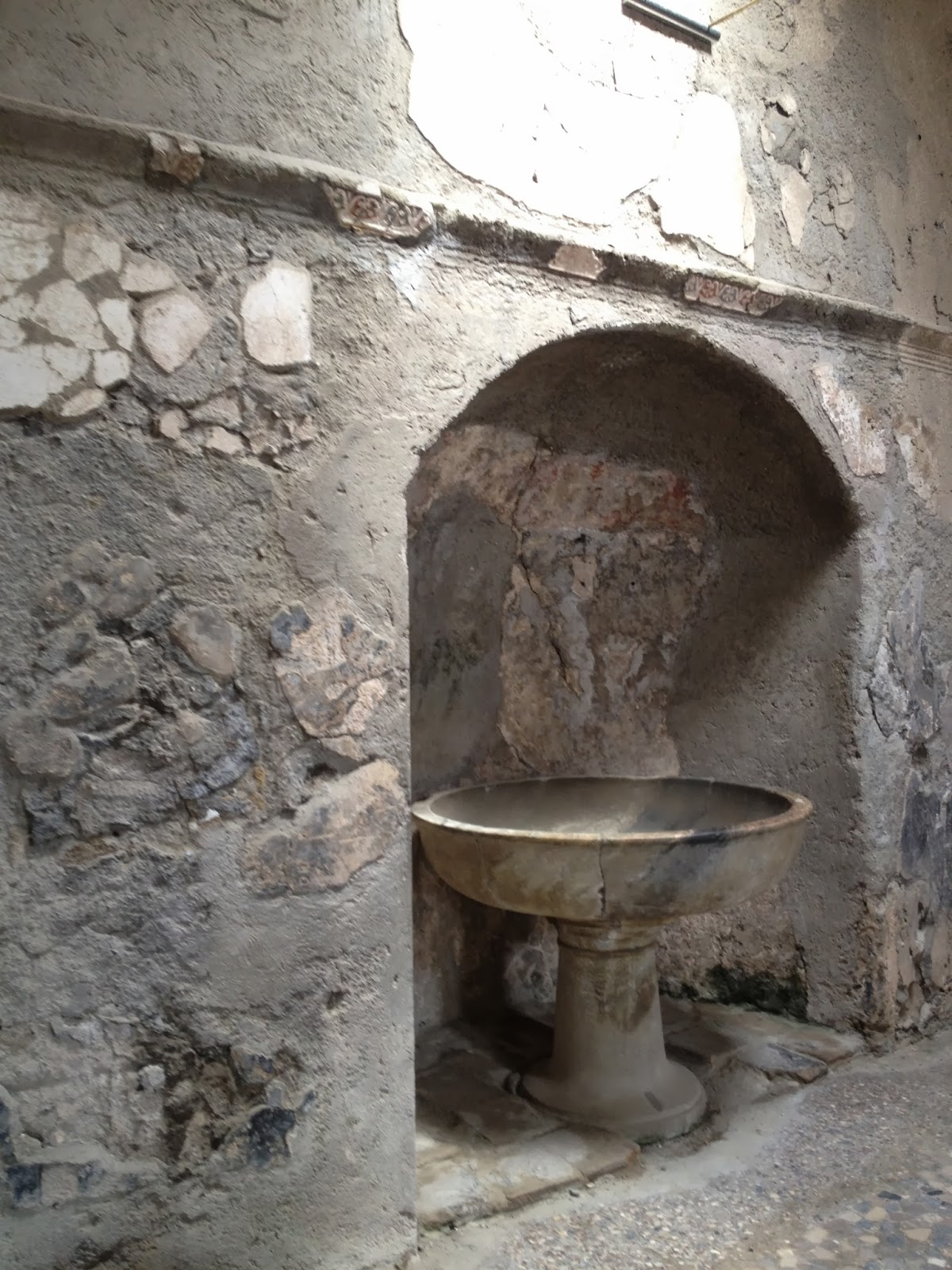Courtyard of Castillon du Gard
Knowing the fine dining restaurants in Languedoc takes more
than reading reviews on travel sites. My
good fortune is in travelling with friends who know this region, and are happy
sharing their expertise with me.
We called ahead for dinner reservations at the Hotel Le
Vieux Castillon, a lovely hotel in the medieval village of Castillon du
Gard. I had driven the Route de Nîmes
many times from Bagnols sur Cèze to Nîmes, but did not remember seeing this
village, tucked away from the road behind the plane trees and vineyards. The evening promised to be mild, no wind, and
the clouds reflected a warm rosy glow of the setting sun on the ancient
limestone buildings of the village.
Ancient streets of Castillon du Gard
Like so many villages in this part of Languedoc-Rousillion
and Provence, Castillon du Gard dates from about the 11th century,
is built on a hill, has evidence of Roman influence, and probably began as a
Celtic oppidum in the years before
the Roman legions arrived in the 1st century BC. The courtyard leading to the restaurant was
shaded with ancient olive and cypress trees, and huge terracotta pots had been
placed near the hedges of pink and white blooming oleander bushes. The steps led up to a terrace with the
outdoor seating, with umbrellas and cushions of green and white stripes. Inside the restaurant the décor was elegant,
yet relaxed, with an emphasis of southern French style. The menu was heavy on the “classics of regional
gastronomy.”
Living the Dream...
I wandered up to the terrace with the swimming pool which
overlooked the Gardon River valley, noting the section of a wall kept as a
romantic ruin, empty windows and stairs leading nowhere, just like a Salvador
Dali painting. Behind me the evening sky
became a deeper blue, and the warm lights from the restaurant interior shone on
our wine glasses. Dinner was relaxed,
starting with the appetizers, called amuse
gueule, and carried on to the cheeses and dessert.
Still not sure how I had overlooked this lovely spot, I was reminded that I had no excuse: the Pont du Gard was only about 5 km south of here, and the Roman city of
Nîmes was just a bit beyond. Another
reason to take the less-travelled path when exploring Languedoc -- to experience some regional delights!
For a lovely stay in a four-star hotel, and romantic dinner
the next time you’re in the south of France, try:
Hotel Le Vieux
Castillon
10 rue Turion
Sabatier
30210 Castillon
du Gard, France
















































